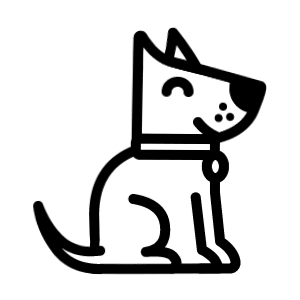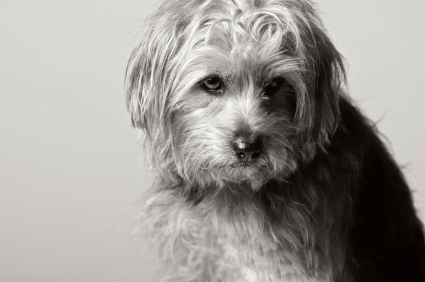Euthanasia (Put to Sleep)
Should I have my pet put to sleep?
One of the most difficult decisions a pet owner may have to make is whether, or when, to have their pet put to sleep. However, when a pet’s quality of life has become so badly affected as to raise the question of whether euthanasia should be performed, it can also be one of the kindest decisions that an owner can make on their pet’s behalf.
Often there is no ‘right’ or ‘wrong’ decision in such difficult circumstances – each case needs to be discussed individually and the best possible solution found in each case. Unfortunately, at times the kindest option may prove to be euthanasia. Although we will offer as much guidance as we can and make sure that an owner understands their pet’s condition and what options are availab.le, the final decision to have a pet put to sleep will always rest with the owner.
Most often the decision to opt for euthanasia is made when pain or disability has deprived an animal of the quality of life it deserves, and where the problem either cannot be treated or where a decision has been made not to give treatment. In cases such as those of chronic disease or when a pet is very old, the decision is often not only a medical one but also depends very much on the individual animal – in such circumstances an owner may well know better than we do when the time has come for their pet to be put to sleep.
Some owners decide to stay with their pet when it is put to sleep, whereas others prefer to leave their animal with us. This is a very personal decision and it is entirely up to the owner. We will treat any animal with kindness and respect whether the owner is present or not.
It is also possible for clients to arrange a house visit if an owner feels that this will reduce the distress for everyone involved. Due to other commitments at the surgery this needs to be arranged in advance, but we can usually find a suitable time if we are given a day or two’s notice.
WHAT HAPPENS WHEN A PET IS PUT TO SLEEP?
The actual process of putting an animal to sleep is painless and involves the injection of an anaesthetic overdose. This is usually given into a vein, just as a normal anaesthetic would be. Animals quickly fall asleep and usually pass away while the injection is still being given.
Sometimes an injection into a vein is not possible, either because the animal objects to being held or because the veins cannot be accessed (e.g. due to circulation problems, or in small animals like hamsters where veins are too tiny). In such cases, we will give a sedative injection into the skin or muscle which allows an animal to relax and become sleepy first before we inject the anaesthetic overdose into the blood stream. We always try to minimise any stress for the animal so that he or she will pass away peacefully and painlessly.
Some animals will not move at all after they have been put to sleep, but it is perfectly normal to see some muscle movement or even something that looks like breathing or gasping for a few minutes after the heart and brain have stopped working. This is not a sign of life, but just automatic muscle movements that can go on for a few minutes after death – it is not a reason for worry or concern. We always make sure that an animal has definitely passed away by feeling the pulse, listening to the heart and checking reflexes.
GRIEVING FOR A PET
It is perfectly natural to feel upset and emotional when a pet dies. After all, they have probably been part of the family for a number of years, and it can be devastating to lose such a close friend. You should not be afraid to show your feelings in the surgery – everyone will know what you are going through and will be sympathetic.
Be prepared for the fact that different members of the family will react very individually to the loss of a family pet. Some people need to cry or talk about the pet a lot, whereas others may want to be on their own or not mention the loss at all for some time. Some people can even become angry and look for someone or something to blame. It is important to be sympathetic to these different ways of slowly coming to terms with the loss of a much-loved pet.
Many people feel guilty or blame themselves after losing their pet and feel they should have done more or acted differently, especially when an animal dies after an accident. However, the vast majority of owners will have given their pets the best possible care and will have done all they can – there is no reason to feel guilty under such circumstances.
If children are involved, it is important to consider that this may be their first experience of death. Being honest with them, telling them the truth about what happened, and how grown-ups feel about it will help children very much. Good times with the pet should also be remembered. Often it helps to go through a ritual of burial if the pet or the ashes were taken home, or to let children draw a picture of their pet, write a message to it or put together a scrapbook.
Some people find the loss of a special pet so overwhelming that they feel they cannot cope with the grieving on their own. There are organisations such as the Pet Bereavement Support Service (PBSS) which can be contacted at such times.
Please feel free to contact us to discuss any worries or questions you may still have after an animal has been put to sleep – we know that sometimes doubts or queries can arise days or even weeks after the event.




